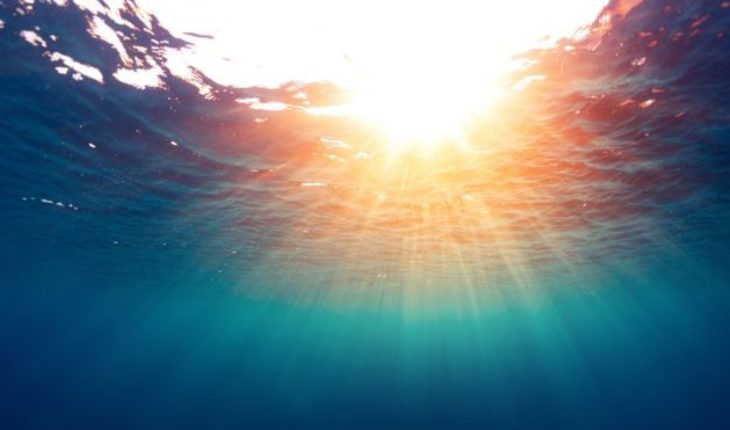Strange as it may sound, a group of geologists from Columbia University in New York claims that on the coast U.S. nearly 3,000 cubic kilometers of freshwater trapped in porous sediments under the salt water of the sea.
The finding, though surprising, was something already suspected. Experts believe that these types of freshwater deposits are abundant, but very little is known about their volumes and their distribution across the planet.
The “nuclear coffin” dripping radioactive material into an atoll in the Pacific Ocean
Scientists believe this aquifer is the largest ever found. They call it “giant.”
According to its calculations, the reserve runs from the coast of massachusetts to New Jersey and covers about 350 km of the Atlantic coast in that U.S. region.
If the reserve were on the surface, it would form a lake of about 40,000 km2.
“Fossil water” can be under the sea from the Ice AgeWhat are these aquifers, how they form, and why they can be promising for humans?
How did you find him?
To detect the water reservoir, the researchers used electromagnetic waves.
One clue they already had is that in the 1970s, some oil companies drilling the coast were extracting not oil but fresh water. The researchers, however, did not know if they were just isolated deposits or something much larger.
The aquatic animals that the U.S. wants to use as sea alarms
Now, to know the area in detail, from a ship they launched probes to measure the electromagnetic field in the depths.
Salt water is a better conductor of electromagnetic waves than fresh water, so because of the kind of low conductance signals they received they were able to conclude that there was fresh water down there.
They also concluded that the deposits are more or less continuous, from the coastline to about 130 km offshore. They are mostly between 180 meters and 360 meters under the ocean floor.
The researchers used electromagnetic waves to map the water reservoir How did the water get there?
Geologists believe that fresh water could have been stored there in two ways.
On the one hand, it is believed that during the end of the Ice Age, large amounts of fresh water were trapped in rocky sediments, something experts call “fossil water.”
The “superpowers” of the strange creatures that live in the volcanic areas of the ocean’s depths
But recent research shows that deposits are likely to also feed on rain and bodies of water seeping through sediments on land and reaching out to sea.
Can you drink?
Researchers claim that in general the water of the aquifer is sweeter near the coast and saltier as it enters the sea. That may mean that over time both types of water are mixed.
Underwater aquifers could supply arid areas of the planetFreshwater usually contains salt in quantities of less than one part per thousand. This is the same figure they found in the water reserve near the coast. At its outer limits, the aquifer reaches 15 parts per thousand. In comparison, seawater typically has 35 parts per thousand.
As geophysicist Kerry Key explains, co-author of the study, if water from the farthest parts of the aquifer were to be used, it would have to be desalinated for most of its uses, but in any case the cost would be less than processing seawater.
The luxurious spa in Tahiti that eliminated mosquitoes for its wealthy and famous customers
Key’s study suggests that these reserves could be found in many other parts of the world, and could supply fresh water to arid places that urgently need it.
“We probably don’t have to do that in this region,” Key says in a statement. “But if we can show that there are large aquifers in other regions, that could represent a resource in places like Southern California, Australia or Africa.”
translated from Spanish: The “giant” freshwater reserve found under the Atlantic Ocean and what hope it provides for arid areas of the planet
June 26, 2019 |





